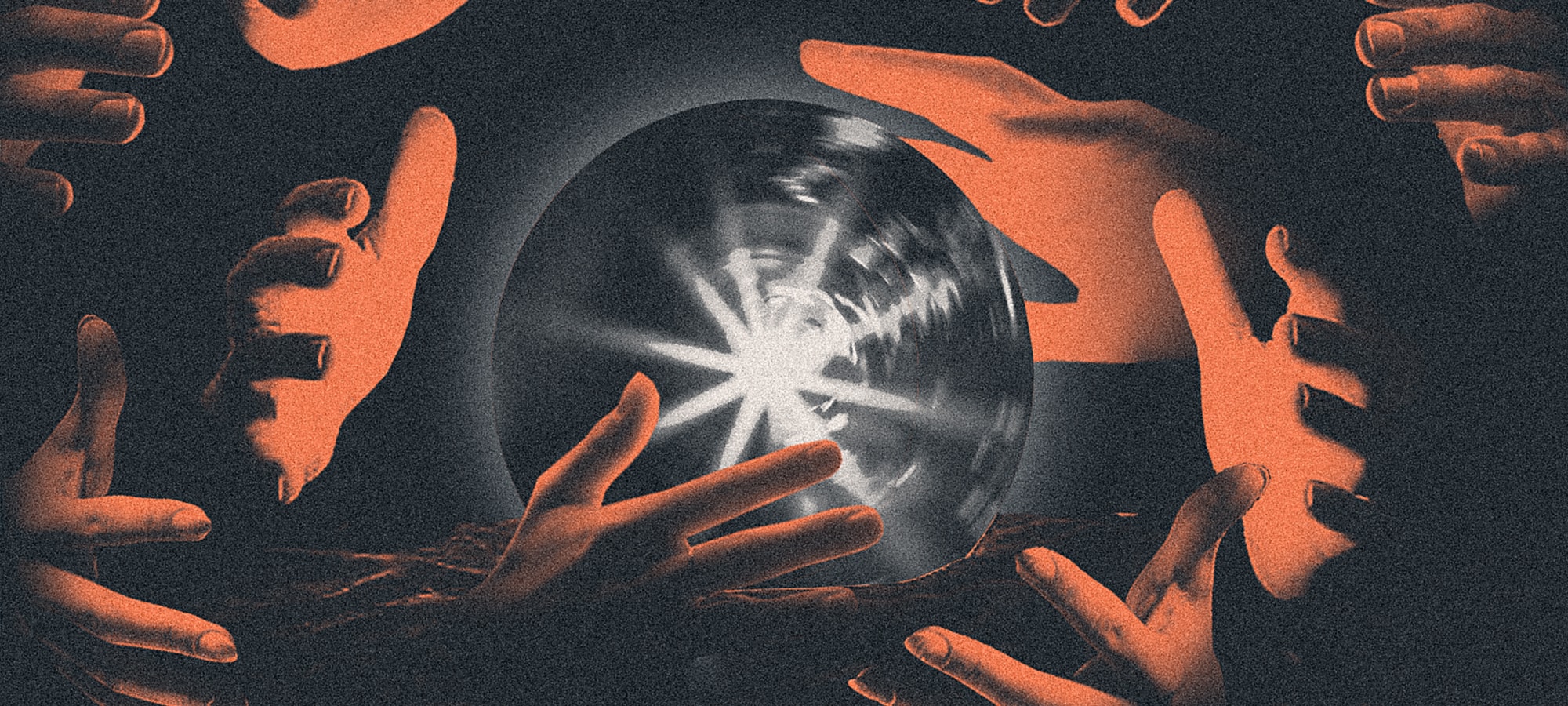As founders, entrepreneurs, and big thinkers, we’re here to invent the future. We’re more interested in how to solve the big challenges of our time. In how things could be rather than how things are. That’s good. Optimism matters. Looking ahead keeps us motivated. But what happens when people don’t see it like we do? How do we get people as excited as we are about where we’re going? Sometimes moving forward means taking lessons from the past. Let’s take a look at two things we can learn from the Classics about shaping the future (and how building a strong brand can help us do that).
Predicting the future means getting people to believe.
In a grand romantic gesture to try to win her over, the mythic Apollo granted Cassandra the ability to see the future. But Cassandra rejected him. So, Apollo cursed her to be able to see the future. The problem was, no one would ever believe her. Today, a “Cassandra” is someone who has accurate prophecies but isn’t taken seriously. Ever feel like that?
We can see the future, sometimes with startling clarity. But often our vision is so unique (or technical or creative) that we have a hard time getting people on board. To turn a prediction into reality, we’ve got to get people to see things the way we do. We can have ideas all day, but if no one else can see the possibilities, we get nowhere. Just ask Buckminster Fuller.
The Apple Newton failed. Now look at the iPhone. The first electric cars showed up in the 1890’s. But they failed because of high cost and low range (sound familiar?). Now look at Tesla (and Rivian and Polestar and Lucid and…). Both Apple and Tesla have powerful brands that not only communicate what the product is but the future that product can create.
Having the vision is only half the battle. Getting people to rally around it, buy into it, and becoming raving fans is the other half. Build a strong brand around your vision. It’s not an afterthought these days. It’s critical. A great brand:
- takes the vision from your head and transports it into the mind of everyone else
- ties your products and services to mental pictures of what they stand for and the future they’ll create
Get your brand right, and people will believe.
Predicting the future means taking control of what we can (but letting go of what we can’t).
There’s a saying the stoics have: ta eph’hemin, ta ouk ta eph’hemin. It’s a Greek phrase (don’t ask us how to pronounce it properly). In a nutshell, it means “what is up to us, what is not up to us.” There’s another saying by the great baseball philosopher Mickey Rivers. He said, “Ain't no sense worryin' about the things you got control over, 'cause if you got control over 'em, ain't no sense worryin'. And ain't no sense worryin' about the things you don't got control over, 'cause if you don't got control over 'em, ain't no sense worryin'.”
If you made it through that whole paragraph, good work. TL;DR, both ideas are beautiful reminders to live in the present.
What does this have to do with brand? You don’t control whether you have a brand. You’ve got one, whether you like it or not. That’s not up to you. But we can control the experiences people have with us. That’s what a brand is, after all. We can define our positioning. What we say. How we say. Where we say it. What it looks like. How we behave. How clear we are in making sure people know what we’re doing, why we’re doing it, and why they should care. All that stuff is 100% up to us. Get that right, and some of things out of our control start to come our way.
Getting people to follow your vision for the future means getting your brand clear.
The only way to predict the future is to create it. To create it, you’ve got to get people to believe in the same vision you have. And you’ve got to control what you can and let go of what you can’t Understand both of these things. Do the work of defining your brand. People will not only listen, but follow.
